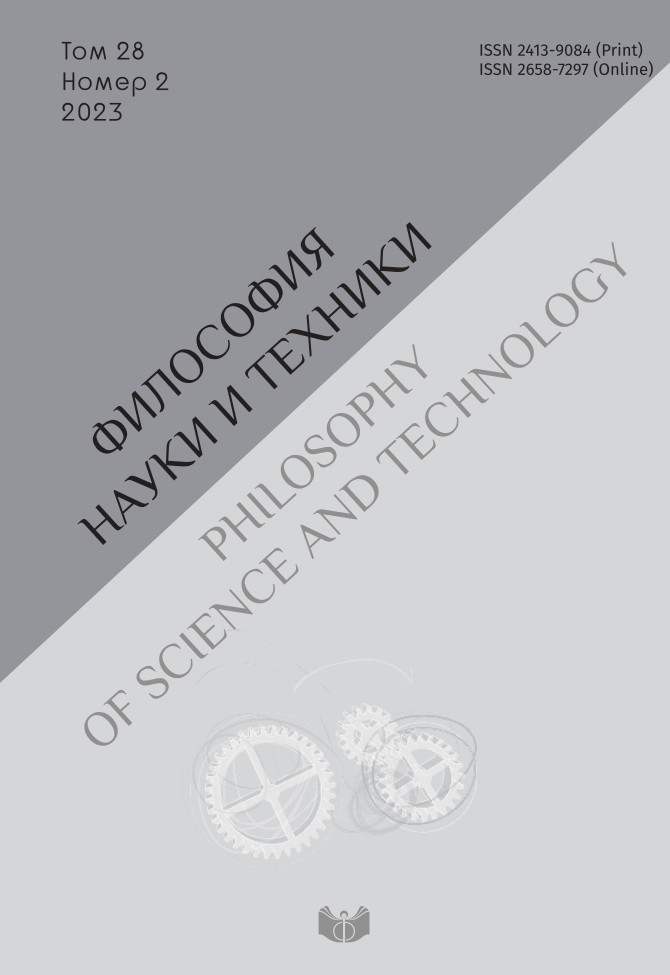Image and sign at the crossroad of embodied epistemology and cognitive linguistics
DOI:
https://doi.org/10.21146/2413-9084-2023-28-2-5-19Keywords:
knowledge, embodied epistemology, cognitive sciences, cognitive linguistics, image schemaAbstract
The paper presents epistemological foundations and philosophical significance of cognitive interrelations between embodied epistemology with cognitive linguistics. It has been demonstrated, that this cooperation led to key concepts’ formation which presented embodied character of linguistic reference: empirical gestalt, image schema and primitive image schema. It has clearly been demonstrated, that the alliance of embodied epistemology with cognitive linguistics paved the way to deeper understanding the role of language in embodied theory of knowledge, the role of imagination in reference processes. It also led to the conclusion, that re-enactivation of sensory experience seems to be significant constituent of perceptual intentionality, which produced images, inseparably (but tacitly) tied to linguistic meaning. Heuristic power of “image schema” notion, derived in interdisciplinary cooperation of philosophy and linguistics, has been examined. Significance and functions of this key concept of cognitive linguistics within the framework of interdisciplinary dialogue have also been exposed. Philosophical significance of image schema concept consists in the fact, that by means of this concept profound sensomotor foundations of abstract thinking and meaning constitution processes viewed in the framework of contemporary embodied theory of knowledge have been articulated.











